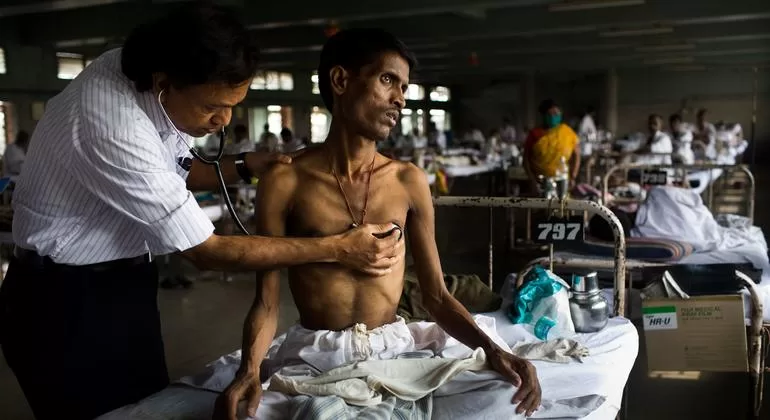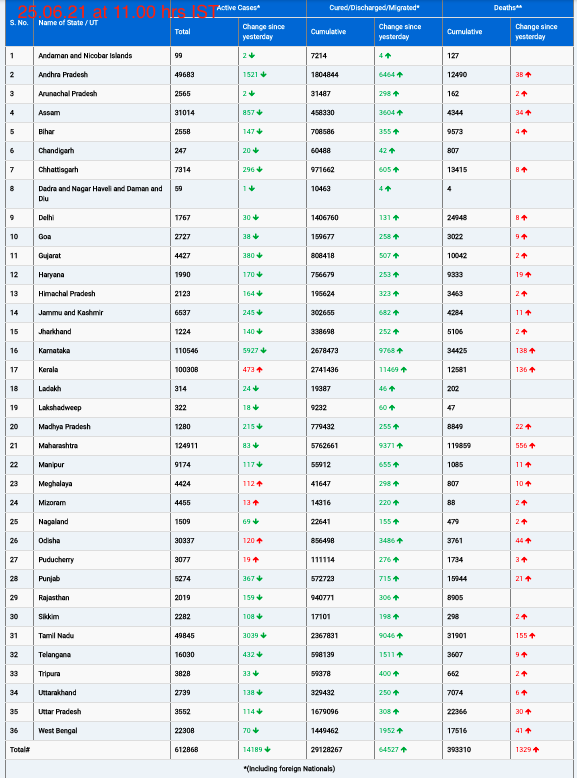Majority of Patients Lack Persistent Cough, Highlighting Need for Innovative Diagnostic Approaches
Introduction: A groundbreaking study published in the Lancet Infectious Diseases journal has revealed a startling finding: a significant proportion of tuberculosis (TB) patients do not exhibit the hallmark symptom of persistent cough. This discovery underscores the urgent need for new and innovative diagnostic methods to combat the world’s most deadly infectious disease.
Key Findings of the Study: The study, conducted by researchers from the Amsterdam University Medical Center (UMC) in the Netherlands, analyzed data from over 600,000 individuals across Africa and Asia. Shockingly, the results revealed that 82.8% of people diagnosed with TB did not present with a persistent cough, and 62.5% had no cough symptoms whatsoever.
Implications for TB Diagnosis: Professor Frank Cobelens, a leading expert in global health at Amsterdam UMC, highlighted the implications of these findings. He emphasized that the reliance on persistent cough as the primary diagnostic indicator for TB may lead to delayed or missed diagnoses, allowing the infection to spread unchecked.
Rethinking TB Diagnosis Strategies: The study’s analysis of national monitoring schemes in 12 countries corroborated the findings, indicating a pressing need to reevaluate current TB diagnosis strategies. Notably, a significant portion of TB patients without cough symptoms exhibited high bacterial loads in their sputum, suggesting heightened infectiousness.
Call for Innovative Diagnostic Approaches: Professor Cobelens stressed the importance of rethinking traditional TB diagnosis methods, particularly in resource-poor settings. He advocated for a shift towards X-ray screening and the development of new, cost-effective, and user-friendly diagnostic tests to improve early detection rates and curb transmission.
Conclusion: As the global fight against tuberculosis continues, the study’s findings serve as a wake-up call for the medical community to reassess current diagnostic protocols. By embracing innovative approaches and investing in research and development, there is hope for more effective TB diagnosis and control strategies, ultimately saving countless lives worldwide.











